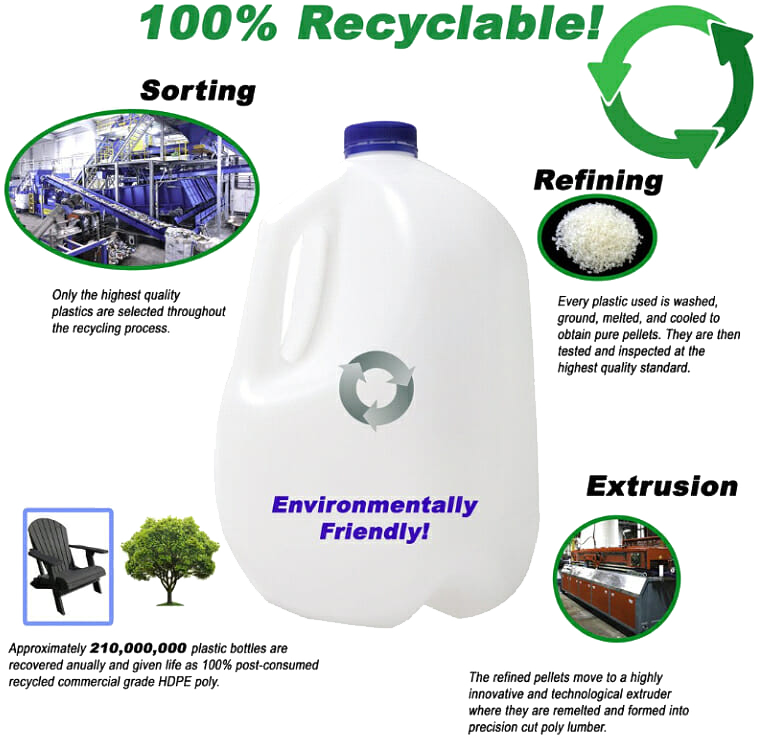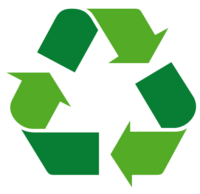Environmental Credentials

Keeping Our Environmental Claims Honest
Substantiating our Statements: Unlike many companies that make “green” marketing claims but never substantiate their statements, our facility has invested heavily in their processes and they engage third-party partners to help them to be held accountable for clear and accurate claims. Studies show consumers are not interested in vague statements but demand clear communication that validates the actions taken by companies that match their published environmental claims.
FTC Green Guides: The Federal Trade Commission (FTC) recognised this problem in 2012 and released the “Green Guides”, to establish the rules for industry and to put companies on notice that those who make invalid claims may be subject to punitive actions. Our facility has proactively engaged an independent third-party firm to audit and provide annual certification of their environmental claims and to validate their adherence to the 2012 FTC Green Guidelines.
Transparency as a Mission: The mission is simple: Complete Transparency. This practice ensures that we are keeping our environmental claims honest. The investment for third party certification provides a critical component of trust for our customers, who can, in turn, buy our products with confidence that the sustainability of the product has been independently verified. For more information, please get in touch.
"Recycled, Sustainable, Eco-Friendly Furniture"
The environmental sustainability of the lumber used to craft our LuxWoodPatio furniture really hits home for some people. Keeping detergent bottles and milk jugs out of landfills, and the fact that we don’t cut down trees, means we’re actually helping to preserve the beauty of nature — which is what makes us want to be outdoors in the first place!

Each year the facility that produces our recycled lumber recovers approximately 210 million milk jugs! Yes, that’s a lot! These jugs are given new life in many forms, including our LuxWoodPatio furniture. Even the scraps that are made in production are returned to the facility to be re-used!
The FTC Green Guides were first issued in 1992 and revised in 1996, 1998 & 2012. The most recent revision primarily focused on how consumers interpret particular environmental claims and to assist companies who are vested in “green marketing” to avoid vague environmental claims that mislead consumers whether it was unintentional or not.
Clarity begins with how the FTC interprets the use of the terminology typically associated with environmental marketing claims. Below is a short summary.
Post-Consumer Recycled Content: Material generated by the “end user” who has used the end product for its original and intended purpose. The role of “end user” can be satisfied by households or by commercial / industrial facilities so long as the material was used for and is no longer viable for its intended purpose.
Pre-Consumer Recycled Content: Sometimes referred to in the industry as “post-industrial”, this material is produced during the manufacturing process which is diverted as a raw material and sold into the marketplace for an alternative use. NOTE: Rework, regrind or plastic scrap generated by and reutilized back into the original manufacturer’s product cannot be classified as pre-consumer recycled content.
Recycled Content: This can be comprised of “pre-consumer” and / or “post-consumer” materials that are used as a raw material in the manufacture of products. Therefore, you can call both and any combination of pre-consumer and post-consumer materials as “Recycled Content”. However you cannot call pre-consumer materials which have not satisfied their original intended purpose “post-consumer”. For more details see FTC 16 CFR Part 260.13 [Recycled Content Claims].
Recyclable: To make the claim that a product is “recyclable”, it must be accepted in at least 60% of the recycling facilities where the product is sold to consumers or communities. If less than this guideline you must “qualify” the recyclable claim.
